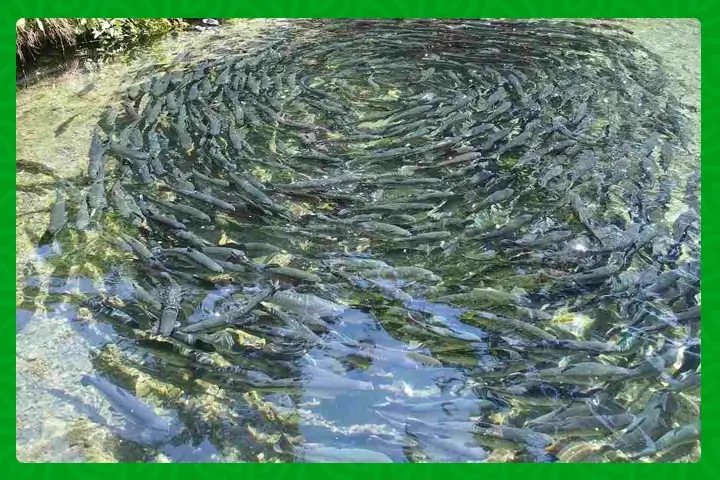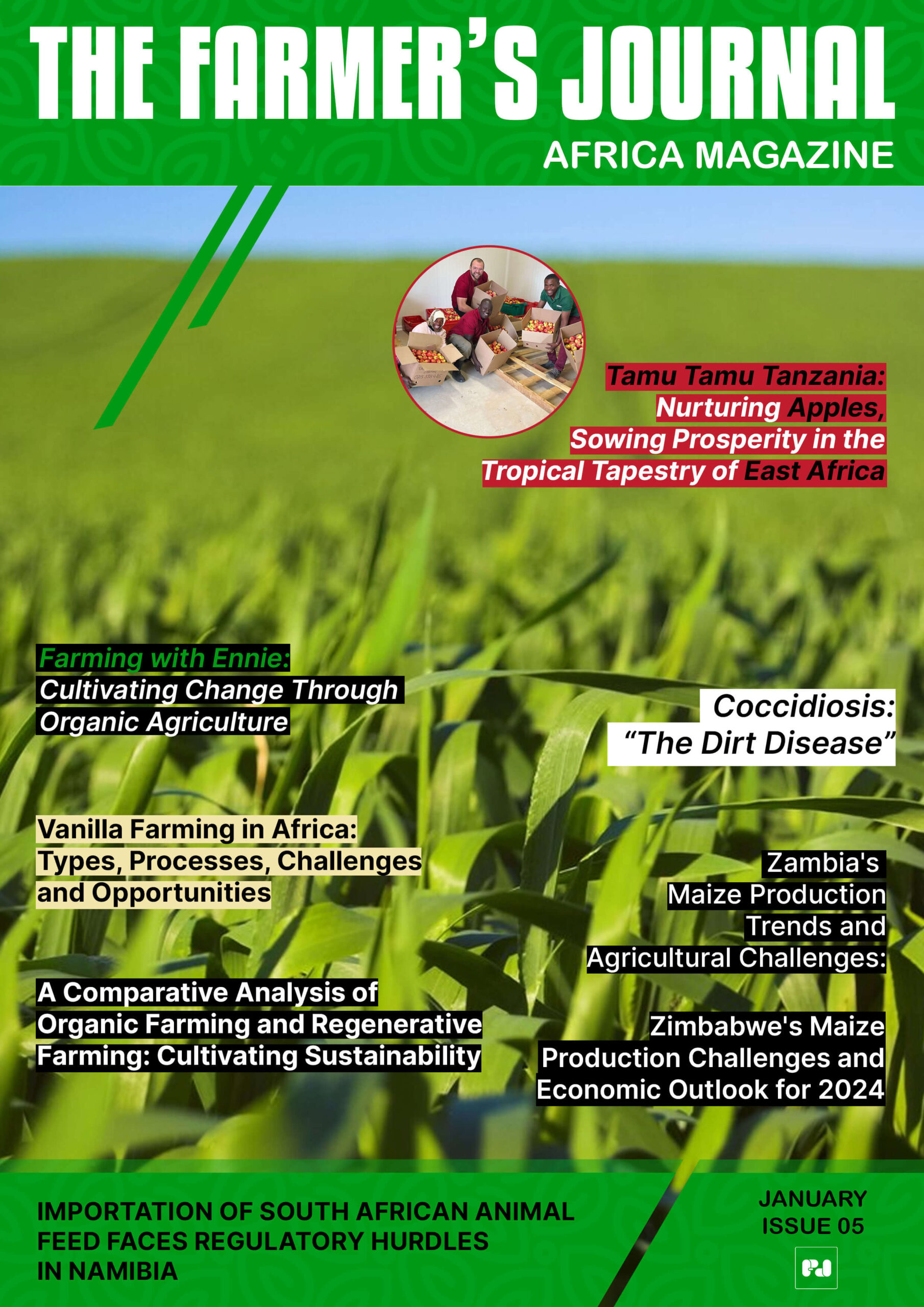
Africa’s aquaculture industry is witnessing a historic expansion, growing more than fivefold between 2000 and 2022, according to a new report by the Malabo Montpellier Panel. As overfishing threatens coastal fisheries, aquaculture presents a sustainable solution to bridge the supply gap—but only if governments step up investments in infrastructure, technology, and small-scale producers.
Aquaculture’s Unprecedented Growth
The report, titled “Fish-friendly: Policy Innovations for Sustainable Fisheries and Aquaculture in Africa,” highlights that Africa’s aquaculture output skyrocketed from 0.45 million tonnes in 2000 to 2.51 million tonnes in 2022, making it the fastest-growing aquaculture sector in the world.
This remarkable expansion is fueled by several key factors:
✅ Urbanization and Population Growth – Africa’s rapidly growing cities are driving demand for fish and seafood.
✅ Shifting Dietary Preferences – Consumers are increasingly viewing fish as a healthier alternative to red meat.
✅ Export Market Expansion – Africa’s seafood export earnings soared from US$2.7 billion in 2000 to US$8.5 billion in 2022.
Egypt and Nigeria Leading the Charge
Egypt dominates Africa’s aquaculture industry, contributing 62% of total production, followed by Nigeria at 10%. These two nations are setting the standard for large-scale fish farming and technological innovation.
Aquaculture has also emerged as a major employer, with jobs in the sector rising from 240,000 in 2000 to 650,000 in 2022.
The Growing Demand-Supply Gap
Despite its rapid growth, Africa’s aquaculture production still fails to meet demand, leading to an increasing reliance on imports.
📉 By 2030, Africa is projected to face an annual fish and seafood deficit of 11 million tonnes.
📈 By 2050, production must increase by 74% just to maintain current per capita consumption levels.
With fish now making up nearly 20% of Africa’s total animal protein intake, closing this gap is critical for food security and economic stability.
Four Strategies to Supercharge Aquaculture in Africa
To unlock the full potential of aquaculture, the Malabo Montpellier Panel outlines four key strategies for African governments:
1. Investing in Infrastructure & Technology
🚀 Build hatcheries, storage facilities, and processing plants powered by renewable energy.
💡 Promote integrated multi-trophic aquaculture (e.g., rice-fish farming) to maximize efficiency.
2. Supporting Small-Scale Producers
💰 Develop financial services and credit programs tailored to small aquaculture farmers.
📱 Expand digital tools and market access platforms to connect producers with buyers.
🎓 Strengthen technical training programs to improve farming techniques and boost productivity.
3. Boosting Innovation & Research
🔬 Establish aquaculture innovation hubs to drive research and new technologies.
📈 Increase funding for sustainability research, including disease control and breeding programs.
🎯 Offer tax incentives and grants for research institutions advancing aquaculture.
4. Strengthening Regional Cooperation & Trade
🌍 Standardize fisheries regulations across African nations.
📜 Develop common certification systems to facilitate cross-border seafood trade.
🚢 Improve customs procedures to ensure smooth trade and reduce losses.
The Future of Aquaculture in Africa: A Golden Opportunity
Africa stands at a pivotal moment—embrace aquaculture expansion now or risk a growing food security crisis. With strategic investments, policy reforms, and regional collaboration, the continent can:
✅ Secure its fish supply and reduce reliance on imports.
✅ Strengthen its position as a global seafood exporter.
✅ Provide millions of jobs in a rapidly growing industry.


















